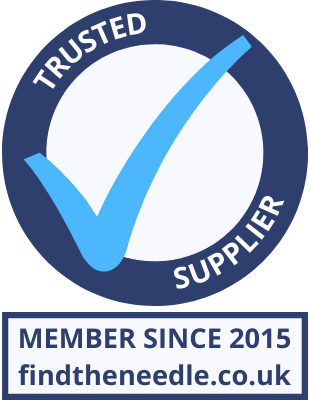 Add My Company
Add My Company
Sign In

Where to site your safe?
Having decided on the quality and size of safe you require, you then need to consider where the safe will go. In a private home, putting safe somewhere it can be out of sight and out of mind is ideal, but by the same token, this must be accessible. Most people have to fit a safe into the current layout of their home, but if you have the luxury of building or remodelling, then try and consider this at the outset.
Ideally, the safe should be fitted to something solid, like a concrete floor or brick wall. Breeze block is not ideal to fix to as it is too soft, as are some bricks in old Victorian style properties. Most safes are manufactured with a single base fixing points, others come with the option of a base or rear fixing. If it is only fixed with one bolt, it is possible, with time, to force a safe out of the floor or wall. If possible, using both a base and the rear fixing will make the safe more secure. If possible try to fix a safe into a corner, so that back base and side are against something. Fixing a safe down to floorboards is not approved and if bolting to a solid wall with the safe standing at floor level, then any skirting should be removed, so that the safe sits flush to the wall.
Consider different places to place your safe!
The most common place to put a safe is in a bedroom, however, should you be burgled, this would be the first place that they come to look. Other places to consider are a cupboard under the stairs, in an eves attic space or a garage, assuming it is alarmed. Putting a safe in a loft, whilst keeping it out of the way, if you have to use ladders to get to it, then you're unlikely to use it. Lofts and garages are also places in the home that are not heated and with safes being mostly metal, the changes in temperature can encourage condensation in cold weather which may affect important items. In the summer lofts can become incredibly hot, which may not be good for the safe or the contents. The majority of safes sold these days, have digital locks which run on batteries. Batteries can be affected by the cold, which may leave you being locked out.
If putting a safe inside a fitted wardrobe, the base may need additional support to take the weight. If the cupboard has a false panel at the back, this may need cutting out, so that the safe can sit back flush to the wall. Fixing a safe to a shelf in a cupboard is not ideal, as shelves can easily be removed and will probably not take the weight.
There are also some very strong glues that can be used to fix safes and it is suggested that the safe is fixed into a corner so that it can be glued on its base, back and side. Using glue generally means that the safe will have to stay where it is, as it would be too difficult to remove without causing damage. Gluing to a tiled floor is not recommended as the tiles can easily be broken up to get the safe out. Many modern homes these days have underfloor heating which precludes being able to bolt into the floor. The warmth from any underfloor heating, however, may react with the glue, so in this instance, it may not be suitable.
As safes become larger or higher in quality, they also become heavier. Weight can then become an issue in getting a safe upstairs for example, or due to the overall load on the floor (timber suspended floor). Tight turns on a staircase may make it impossible to get a large safe up or downstairs. Potentially a safe can be craned in via a window, however, this will make the overall cost more expensive. If going up in a lift, then the weight capacity of the lift along with its internal size should be borne in mind.
Your supplier should be able to advise you
Burglars generally, are not adept at opening safes & will, therefore, try to remove the safe and open it at a later time. Not all homes have burglar alarms and those that do are not always connected to a monitored system. Having entrusted your cash or valuables to a safe, ensure that it is fixed correctly and securely. Discuss the matter in full with your safe supplier, as they should be able to advise you where best it can go & what it can be fixed to.
This article is not meant to be exhaustive and if in any doubt, do seek professional advice. If a safe can be delivered easily, it can be removed easily. The harder you can make it to remove, the more likely the burglar will give up, as they want to spend as little time in your home as possible.
Maurice Still, Independent Safes Ltd
For more information on How To Choose a safe (Part 3) where & how to install. talk to Independent Safes
Enquire Now
List your company on FindTheNeedle.

